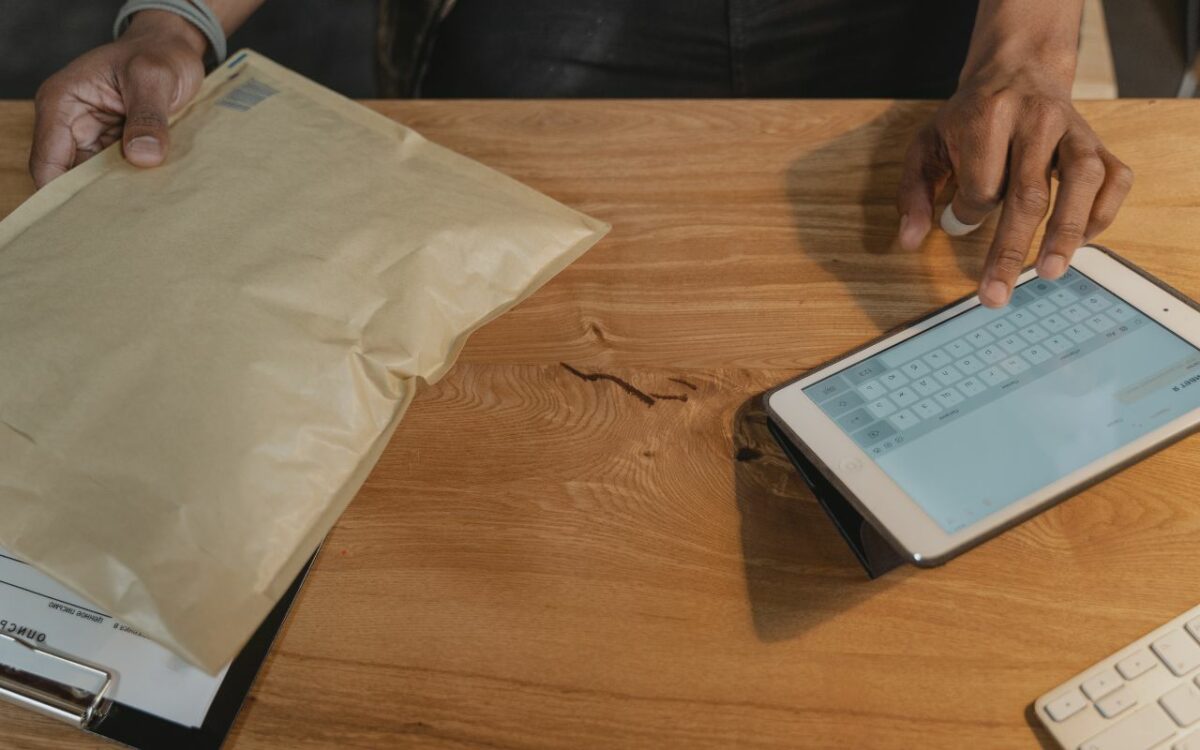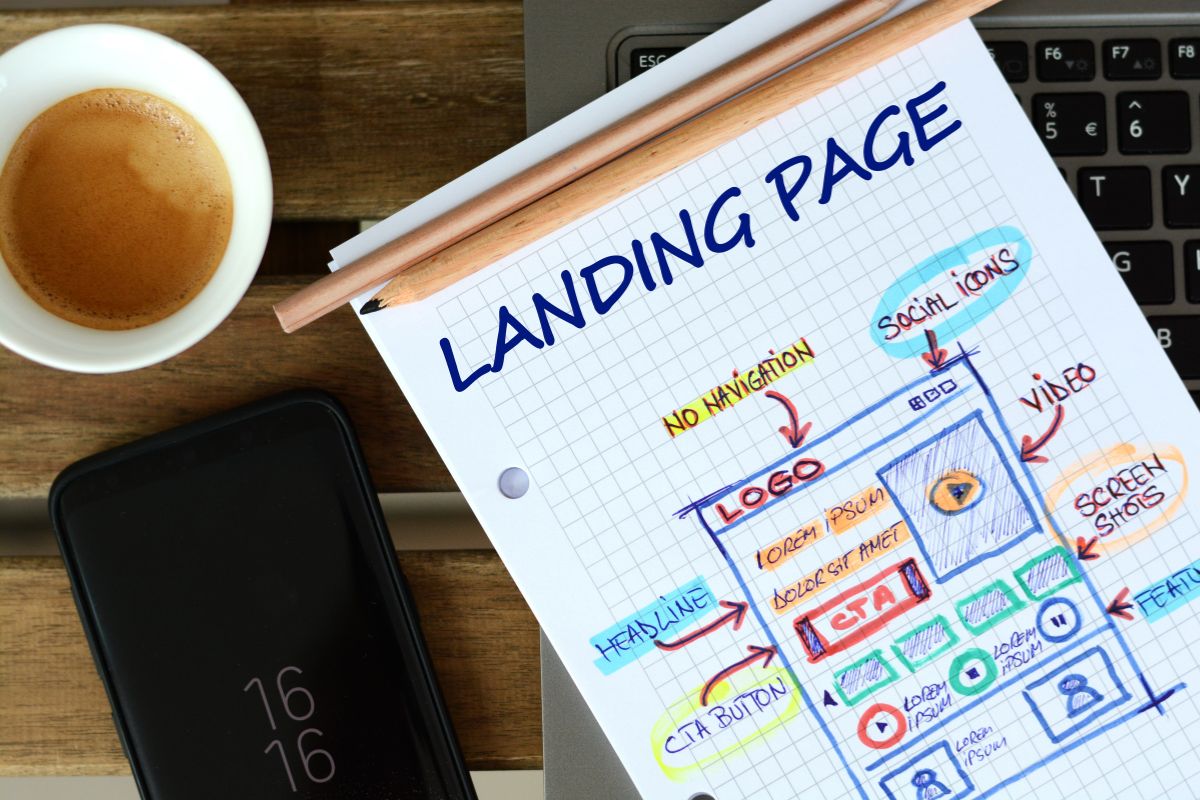Are you struggling to type on your iPad because the keyboard is too small?
Don’t worry, there are several ways how to make keyboard bigger on iPad.
Whether you have an iPad Pro, Air, or Mini, you can adjust the size and layout of your keyboard to make typing more comfortable and efficient.
One way to make the keyboard bigger on your iPad is by using the Zoom feature.
This feature allows you to magnify your entire screen, including the keyboard.
Another way is to use the floating keyboard, which lets you move and resize the keyboard to your liking.
If your keyboard is split in half, you can easily merge it back to its normal size.
Additionally, you can change the default keyboard layout from QWERTY to AZERTY or QWERTZ.
Keep reading to learn more about how to make the keyboard bigger on your iPad.
Table of Contents
ToggleHow To Make Keyboard Bigger On iPad: Everything You Need To Know
If you find it difficult to type on your iPad due to the small keyboard size, don’t worry.
You can easily make the keyboard bigger on your iPad.
Here’s everything you need to know:
Method 1: Use The Pinch-To-Zoom Gesture
The easiest way to make your keyboard bigger on an iPad is to use the pinch-to-zoom gesture.
Follow these simple steps:
- Open any app that requires you to type.
- Place two fingers on the keyboard.
- Pinch your fingers apart to zoom in on the keyboard and make it bigger.
- Pinch your fingers together to zoom out and make the keyboard smaller.
Method 2: Use The Zoom Feature
If you have difficulty using the pinch-to-zoom gesture, you can also use the Zoom feature to make the keyboard bigger.
Here’s how:

- Go to Settings > Accessibility > Zoom.
- Turn on the Zoom feature.
- Double-tap with three fingers to zoom in or out.
- Use the slider at the bottom of the screen to adjust the zoom level.
Method 3: Change The Keyboard Layout
You can also change the keyboard layout to make it bigger.
Here’s how:
- Go to Settings > General > Keyboards.
- Tap on the keyboard language you want to change.
- Select the keyboard layout you prefer, such as QWERTY, AZERTY, or QWERTZ.
Method 4: Use The Floating Keyboard
The floating keyboard is another option that allows you to make the keyboard smaller or larger.
Here’s how:
- Open an app that uses the iPadOS keyboard, such as Notes or Messages.
- Pinch the keyboard inward with two fingers to make it smaller.
- Touch and hold the gray line to move the keyboard on your screen.
- Swipe your finger from letter to letter to use QuickPath to type with one hand.
In conclusion, making the keyboard bigger on your iPad is easy and straightforward.
You can use the pinch-to-zoom gesture, the Zoom feature, change the keyboard layout, or use the floating keyboard.
Try out these methods and find the one that works best for you.
How To Adjust Keyboard Size On iPad
If you find it difficult to type on the default keyboard size on your iPad, don’t worry.
You can adjust the keyboard size to make it bigger or smaller as per your preference.
Follow the steps below to learn how to adjust the keyboard size on your iPad.
Step 1: Open The Settings app
First, tap the Settings app on your iPad’s home screen.
It looks like a gear icon.
Step 2: Tap General
Next, scroll down and tap on General.
Step 3: Tap Keyboard
Scroll down and select Keyboard from the list of options.
Step 4: Select Keyboard Size
Now, select Keyboard Size. You will see two options: “Default” and “Large”.
Choose “Large” to increase the size of the keyboard.
That’s it! You have successfully adjusted the keyboard size on your iPad.
You can now enjoy typing with a bigger keyboard on your iPad.
How To Use A Third-Party Keyboard
If you want to customize your iPad’s keyboard beyond what is available, you can explore the third-party keyboard options available on the App Store.
Here are the steps to download, install, and adjust the size of a third-party keyboard on your iPad:
Step 1: Download The Third-party Keyboard App
Go to the App Store and search for the third-party keyboard app that you want to use.
Once you find it, download and install the app on your iPad.
Step 2: Install The Keyboard
After downloading the app, you need to install the keyboard.

To do this, go to Settings > General > Keyboard > Keyboards > Add New Keyboard.
From there, select the third-party keyboard app that you just downloaded.
Step 3: Grant The Keyboard Full Access
Some third-party keyboard apps require full access to function properly.
To grant full access, go to Settings > General > Keyboard > Keyboards > select the third-party keyboard > Allow Full Access.
Keep in mind that granting full access means that the keyboard can transmit what you type, including sensitive information, to its developer.
Step 4: Adjust The Keyboard Size
Once you have installed and granted full access to the third-party keyboard, you can adjust its size.
Open an app that requires the keyboard, and tap the keyboard icon to bring up the keyboard.
Look for the keyboard settings icon, which is usually located in the bottom left or right corner of the keyboard.
From there, you can adjust the keyboard size to your liking.
That’s it! You can now use a third-party keyboard on your iPad and customize it to your preferences.
Tips For Using A Larger Keyboard
If you are finding it difficult to type on your iPad’s standard keyboard, you can make it larger to make typing easier and more comfortable.
Here are some tips to help you use a larger keyboard:
Tip 1: Use Split Keyboard Mode
The split keyboard mode is an excellent feature that allows you to split the keyboard into two halves, making it easier to type with your thumbs.
To activate this feature, tap and hold the keyboard icon at the bottom right corner of the keyboard and select “Split.”
You can also drag the keyboard apart with two fingers.
Tip 2: Use One-handed Typing Mode
If you find it challenging to type with two hands, you can use the one-handed typing mode.
This feature moves the keyboard to one side of the screen, making it easier for you to type with one hand.
To activate this feature, tap and hold the keyboard icon at the bottom right corner of the keyboard and select “One-Handed.”
Then, choose the side of the screen where you want the keyboard to appear.
Tip 3: Customize The Keyboard Layout
You can customize the keyboard layout to suit your typing preferences.

To do this, go to Settings > General > Keyboard > Keyboards > English.
Here, you can choose from different keyboard layouts, including QWERTY, AZERTY, and QWERTZ.
You can also turn on or off features such as Auto-Capitalization, Auto-Correction, and Check Spelling.
In conclusion, using a larger keyboard on your iPad can make typing easier and more comfortable.
By following these tips, you can customize your keyboard to suit your preferences and typing style.
Key Takeaways
If you’re having trouble typing on your iPad because the keyboard is too small, there are several ways to make it bigger.
Here are some key takeaways to keep in mind:
- Zoom in on the keyboard: You can enable the Zoom feature in Settings > Accessibility, which allows you to double-tap with three fingers to zoom in or out on the keyboard. This can make it easier to see and type on the keyboard.
- Change the keyboard layout: If you prefer a different keyboard layout, such as AZERTY or QWERTZ, you can change it in Settings > General > Keyboards. Tap on the language you want to change, and then select the layout you prefer.
- Use the floating keyboard: iPadOS provides a floating keyboard feature that allows you to shrink the size of the keyboard and move it around the screen. To use the floating keyboard, pinch the keyboard inward with two fingers, and then touch and hold the gray line to move it around. You can also use QuickPath to type with one hand by swiping your finger from letter to letter.
- Merge the split keyboard: If your keyboard is split in half, you can merge it back together by touching and holding the keyboard button in the lower-right corner of the keyboard, and then sliding your finger up to either Merge or Dock and Merge.
By using these tips, you can make the keyboard on your iPad bigger and easier to use.
Experiment with different settings and features to find the setup that works best for you.











